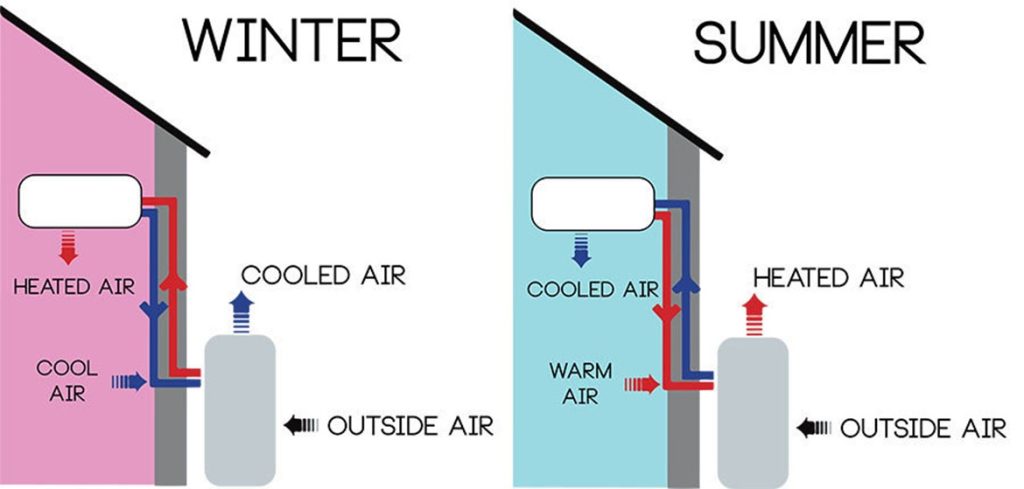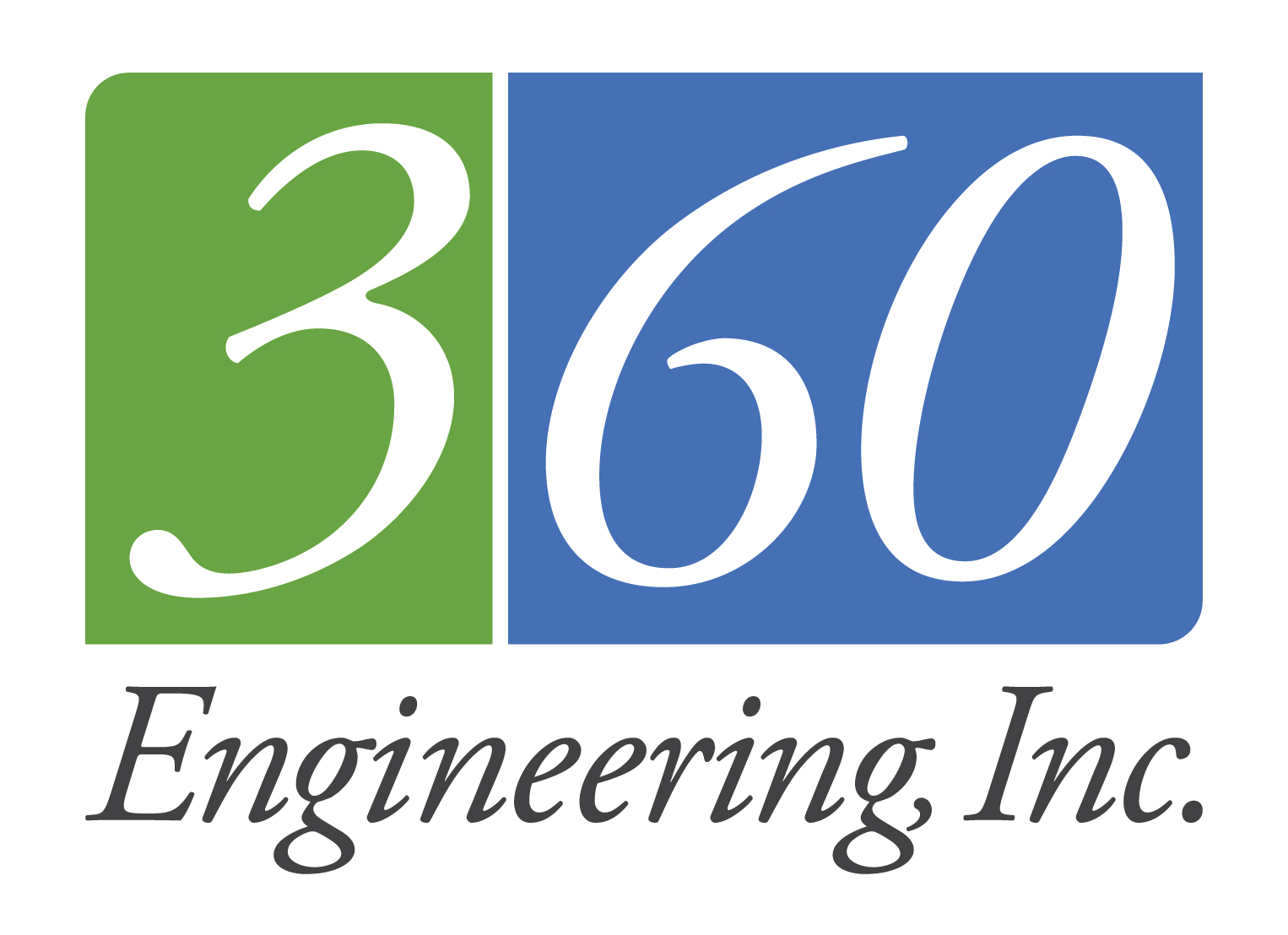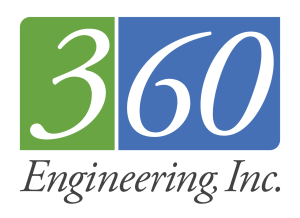If you’ve been thinking about your mechanical system lately, you’ve probably come across the magical buzzwords “Heat Pumps.” But why does everyone love them so much, and are they really that much better than gas-fired heating equipment?
At its very core, heat pumps just move heat from one space to another, hence the name! At the technical level, they use refrigerant circuits, similar to what’s found in your air conditioner or refrigerator, to extract heat from one space and move it into another. In the ancient, inefficient past, you needed one piece of equipment to heat the space (furnaces, electric heaters, boilers, etc.) and another to cool the space (air conditioners, chillers, etc.) The beauty of a heat pump is that it comes with a small reversing valve within the outdoor unit that can flip the rotation of refrigerant and provide heating instead of cooling to a targeted space. That’s why they’re effective at heating AND cooling the space as a single system.

If all of that has your head spinning, focus on the key terms:
Heat Source: Where is the heat coming from? It could be inside the building, and you want to remove it, or outside it, and you want to bring heat inside.
Heat Sink: Where are you dumping the heat? You can reject heat outside the building to cool the inside spaces down or reject heat inside the building if you want to heat it up.
Coefficient of Performance (COP): This is a ratio of the amount of energy (heat) that comes out of the mechanical system compared to the amount of energy (electricity or fuel) put into the system. Higher is better!
Heat pumps grab heat from the heat source and move it to the heat sink. That’s it! Nothing more complicated about it.
Gas-fired appliances must burn fuel (heat source) to generate heat into the air/water (heat sink), and high-efficiency units have a COP of only ~0.97. Even electric resistance heaters must produce electrical heat to heat the air/water but have an almost equal input-to-output COP of ~1.0. “You get out what you put in.” However, heat pumps don’t rely on heat generation; most of the heat is just transferring already generated heat from one source to another space. And that requires significantly less energy input than generating that heat-so much less energy that the ratio of heat output from a heat pump when compared to the energy it takes to run a heat pump can be upwards of 300% or a COP OF HIGHER THAN 3!
Whether it’s freezing outside or you’re sweating inside your building, heat pumps are an efficient way to relocate that heat to an appropriate heat sink. Gone are the days of accepting a 97% efficient furnace. Now, heat pumps are pushing the limits of energy efficiency, and who can say no to something 3-5 times more efficient than your current boiler?
Here are a few of our current and recent projects where we’ve used heat pumps in the mechanical system design:
- Arapahoe Library District Administration Building
- NREL Flatirons Campus Control Center Facility
- NPS Fort Vancouver National Historic Site Building 725
- NPS Rocky Mountain National Park Fall River Entrance Station
- NPS Zion National Park South Campground
- NPS Tumacacori National Historical Park Satellite Administrative Office Building
- Denver Zoo Sea Lions Exhibit
- DPS Fallis Elementary School – READ MORE ABOUT THIS PROJECT

